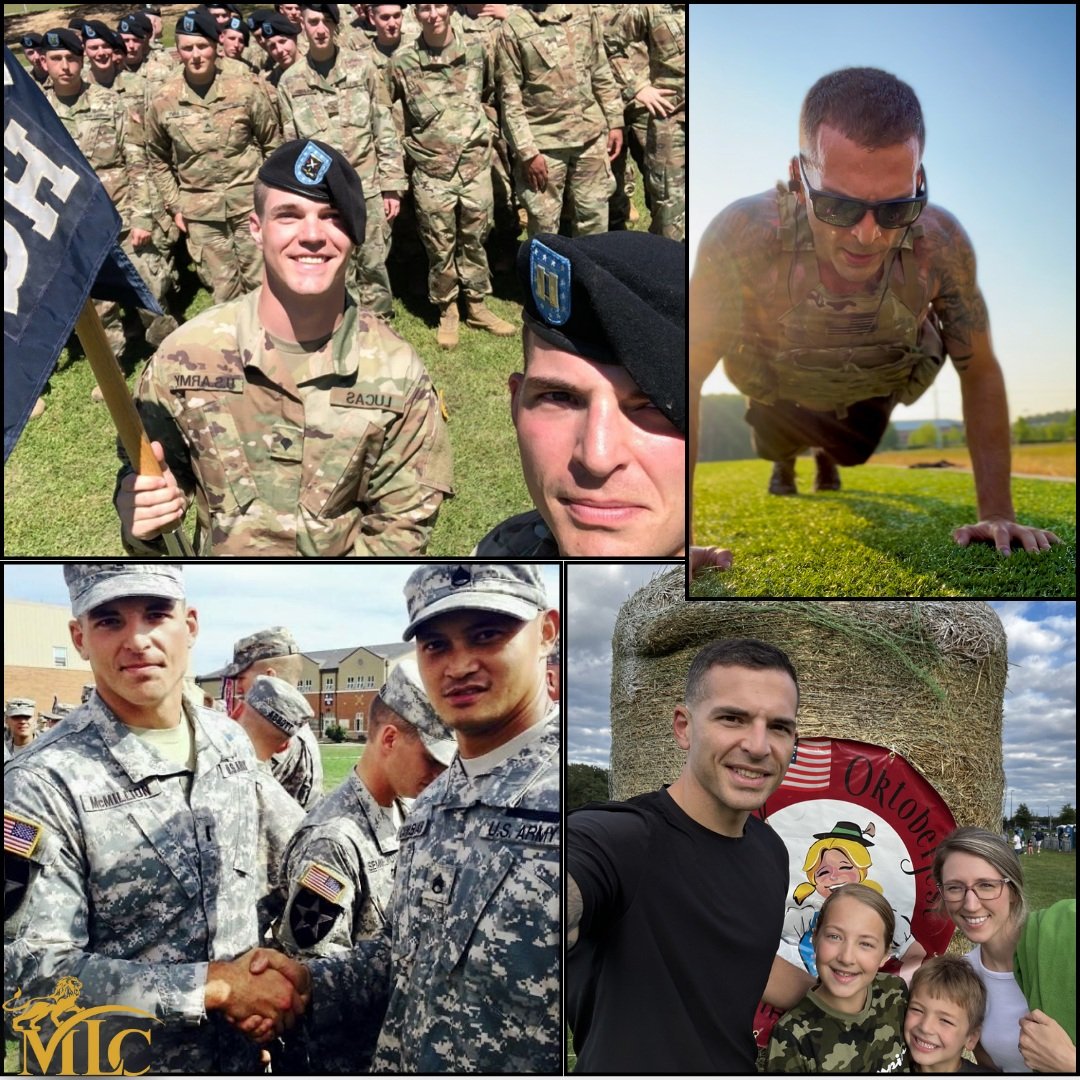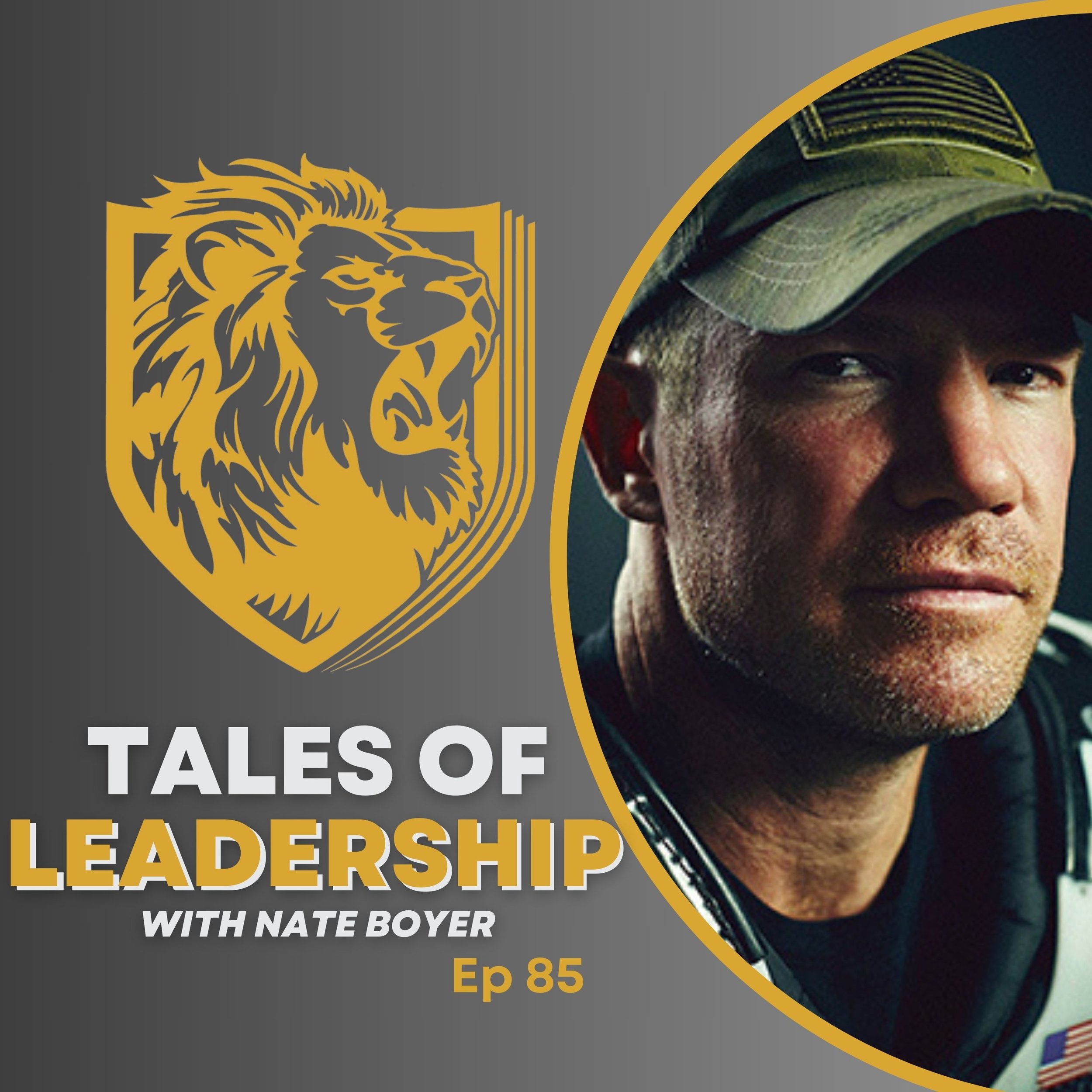Article 24: Leadership Intelligence
Our capacity for increased responsibility in our leadership journey separates the ordinary from the extraordinary. As our influence grows and we gain new titles, we face new challenges. Purposeful Accountable Leaders (PALs) understand where they are on their leadership journey and what is required to continue growing. How? Transformational leaders have Leadership Intelligence (LI). I defined LI as aligning emotional intelligence with the organization's needs and the operating environment. LI, at its core, means the less influence you have in your organization, the more you must do personally to succeed.
But as influence grows, it's less about you physically doing the work and more about your time invested. As leaders advance on their leadership bridge throughout the six phases of leadership, it will require more work, not less, to achieve results. In fact, as we advance on our journey, our influence grows, which is directly correlated with time and investment in others. Our time is stretched, our emotions are tested, and our character is forged. To better illustrate this, I've created a scatter plot diagram below. The X-axis represents the leader's physical involvement required to gain influence. Physical involvement is the time and effort to achieve results. On the Y axis is the influence gained from your investment. Remember, as leaders earn more titles, we do not become less busy but more engaged. It's important to note that this is not an accurate representation of your time invested but clearly demonstrates as you gain more influence your time exponentially increases.
As your influence grows so does your time invested!
- Joshua K. McMillion
Tactical Inteilligence
The first level of LI is tactical intelligence. When leaders find their selves at the tactical level, they are typically just starting a new career or position. Shakespeare defines the seven ages of man. The fourth stage, the soldier, is where most leaders' journeys begin. When Junior leaders chart new paths, they are eager to build a reputation and focus on performance versus teamwork. To achieve results at the first level, leaders must understand their success solely depends on themselves. If you succeed, it's due to the physical work invested.
Leaders at the tactical level are subject matter experts (SMEs) in their jobs. I like to refer to SMEs as well. Meeting their knowledge is a yard wide and a mile deep. However, another critical aspect of tactical intelligence is leading yourself well. As discussed in the six (6) Phases Of Leadership (POL), leaders must master themselves before leading others. A trade-off begins as a leader progresses to the next leadership phase. Their physical contribution begins to turn into more time invested. It's important to note that this is just a simple visual demonstration of how our time is more committed as we progress through the faces of leadership. Even though the work that we physically do is less, the amount of time exponentially grows.
Trade-Off
Even though your physical work is diminished as you increase in rank the amount of time and effort that you have to invest to be successful only grows. This is a key point because if you're not willing to pay that price do not seek to gain that level of influence.
Operational Intelligence
The next level is operational intelligence, which marks a milestone in a leader's career. Leaders with operational intelligence have assumed leadership positions and actively manage teams. Teams can be either small or large. What is important is the success previously achieved in tactical intelligence will not occur unless the team works together towards a shared vision. An example of operational intelligence is a mid-level manager or junior military officer. When leaders are at operational intelligence, they embrace the higher organizational vision and create a nested vision of their own. They develop plans and have their teams implement those plans. Most leaders today will achieve this level, but why do many people hit burnout?
As you progress on your leadership journey, your physical contribution to achieving results is significantly reduced. However, your time investment substantially increases. Leaders fail to advance because they're too fixated on doing the work and fail to supervise. As a result, they fail to gain momentum and hit leadership burnout. Operational intelligence is a decisive point in any leader's career. If leaders realize extraordinary results are possible with effective teamwork, they inspire, foster trust, and allow mission command to blossom in the organization.
On the other hand, leaders that fail to delegate based on individual strengths and find themselves doing their work create a rescue culture. When this happens, they cannot keep the time invested sustainably, hit leadership burnout, fail to maintain accountability, and never achieve extraordinary results. PALs create organizations that empower at the lowest levels, hold people accountable, and create a winning culture.
The Journey
I'm still growing each day and I have not achieved strategic level leadership but I'm working each day to grow and be a better person of myself. Are you?
Strategic Intelligence
The final level is strategic intelligence. When leaders operate at this level, they impact the entire organization. Examples of strategic intelligence are a senior military leader, a small business entrepreneur, or an organization's CEO. Success is directly connected to the vision created by leaders at this intelligence level. Does your vision create head, heart, and hand alignment with your organization? Does it inspire others to chase challenges and overcome them? To achieve this, the balance of time invested is tipped. Because the leader's influence is so massive, the time required to maintain momentum is enormous.
Remember, as your levels of responsibility increase, so do your time committed. You will not inspire large groups by doing the work or simply supervising. You will inspire by dreaming and creating personal and professional alignment. To achieve success in strategic intelligence, leaders must make time to think. What is the direction the organization needs to go? How can I achieve a vision that builds momentum and creates buy-in? What can improve the culture to drive people to go that extra mile because they want to, not because I told them to? Leaders at strategic intelligence are focused on the future and allow the subordinate leaders to delegate, supervise, and put in the physical work. They're focused on charting the course and consistently checking azimuth. PALs create a vision so compelling others seek them out for employment.
Final Thoughts
After reviewing the three levels of leadership intelligence, take some time to complete this exercise. After completing this exercise, you should better understand where you are on the leadership spectrum. First, write down your weekly job activities. And once you've written down your weekly job activities, begin to mark them as tactical, operational, or strategic. After you've collected them, begin to sum up the totals and place them in bins. What percentage of your work is tactical? What percentage of your work is operational? And what percentage of your work is strategic? Once you begin to see where your job aligns, it will help you realize how to achieve greater influence and success. After you complete this exercise, have your team repeat the exercise. Remember, leaders, are Shepherds, guiding their teams to success. Here are three questions you should spend some time reflecting on.
After Action Review
1. Were the results what you were expecting?
2. Do your actions align with your leadership roles and responsibilities?
3. Does your leadership intelligence align with what your team needs you to be?
My Mission: I will end toxic leadership practices by equipping leaders with transformational leadership skills.
Together, we will impact 1 MILLION lives!!!
Every day is a gift, don't waste yours!
Joshua K. McMillion | Founder MLC | Founder MLC

































Episode 94 with Leanne Meyer